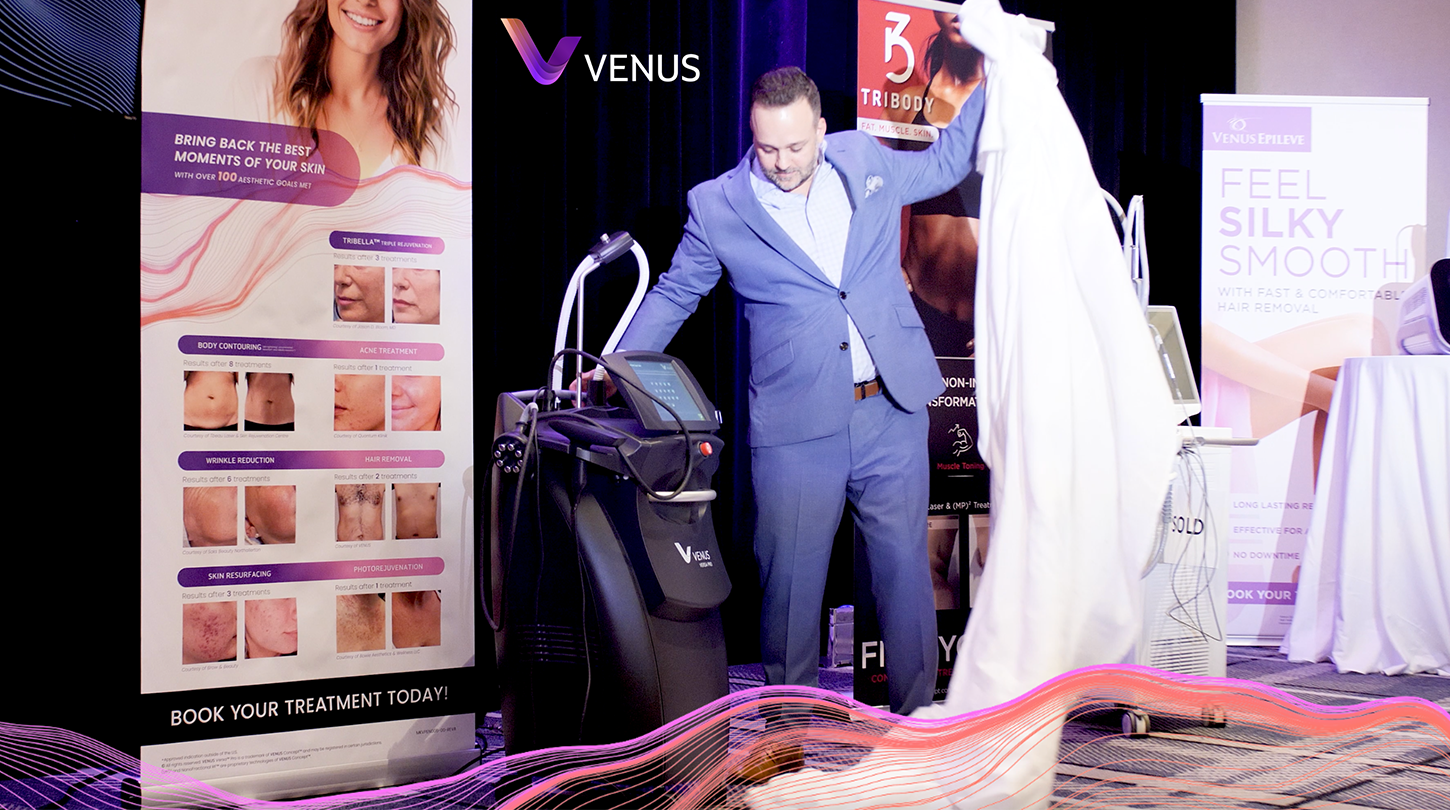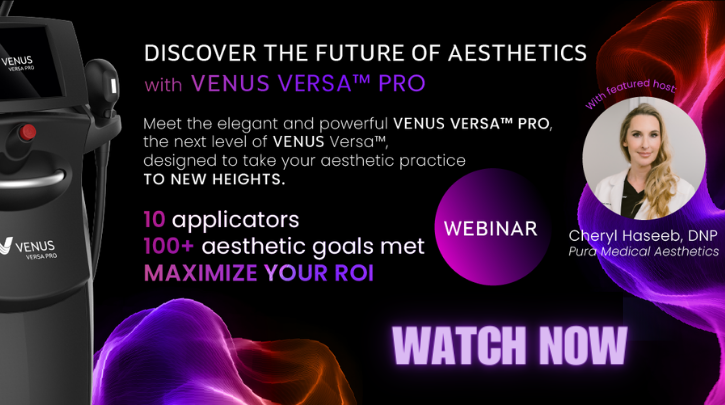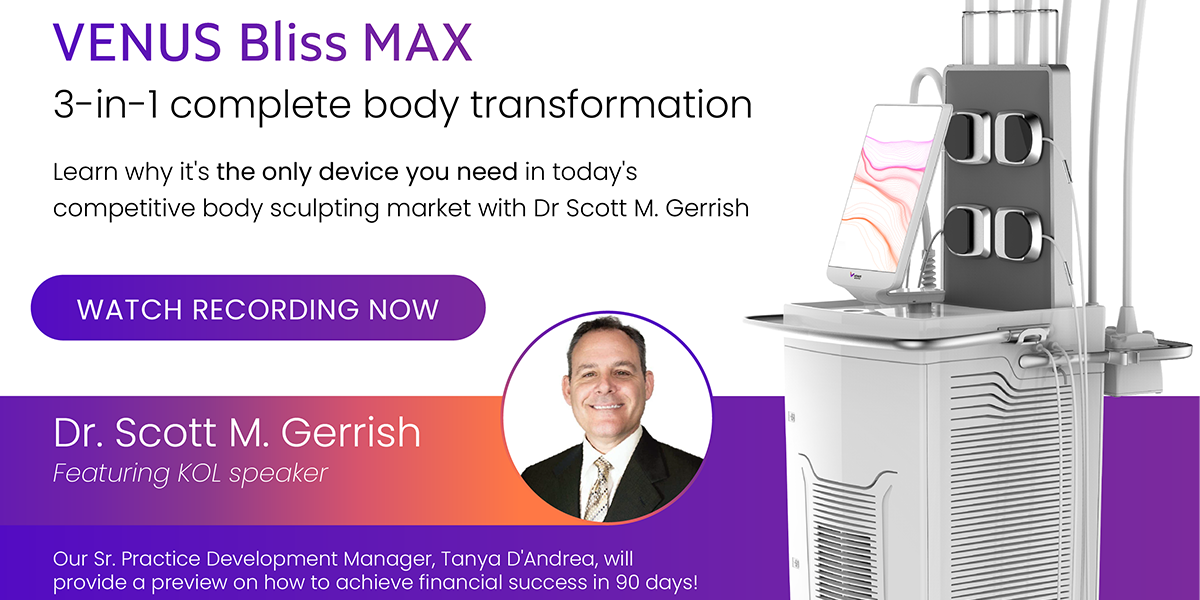Tips On Treating Transgender Clients For Aesthetic Clinics

Transgender clients are a growing demographic among aesthetic patients, but still face adversity when seeking out treatments. Along with hormones and surgery, transgender clients are increasingly looking to aesthetic treatments to achieve their physical goals, and a 2021 study confirmed the importance of non-invasive procedures to meet this need. Medical aesthetics can help transgender clients not only look their best, but also attain what medical literature calls ‘ gender euphoria’, a sense of profound rightness and accuracy in one’s experience of gender. The first step on this journey is ensuring that transgender clients who come to you have a positive clinic experience. Here are several key considerations for communication with trans and non-binary clients for both medical professionals and office staff.
There's No Substitute F or Training
Your clients need their clinic experience to be affirming, sensitive and inclusive from start to finish. Consider seeking training for your whole staff in the cultural competency required for dealing with this vulnerable community. Look into training based on cultural humility, an approach that urges us to maintain openness and honest acceptance when faced with unfamiliar cultures—and remain open to learning even more as you go.
Be As Inviting A s Possible
Many of the long-term treatments for gender dysphoria require passing through several gatekeeping experiences; for example, your clients may have had to undertake mandatory therapy in order to determine if they are sufficiently transgender to warrant medical intervention. This process can be exhausting and alienating. It is important to remember that seeking medical aesthetics is an act of vulnerability, especially for those who have dealt with bias from medical professionals. Your front desk staff in particular should be familiar with the needs of the trans community and the kind of negative experiences they may have had in the past. Do your best to create an environment of immediate and unconditional acceptance for your transgender clientele.
The Right Language Is Key
Get to know your client’s pronouns and ask them how they would like to be addressed. Bias can be embedded in the language we use, including medical terms. Clients should always be referred to by the pronouns they choose. Intake paperwork should request “ gender ” rather than “sex”, and in addition to the binary masculine and feminine, include an option for “other”. Although this is partly for insurance purposes, the DSM-5 still refers to transgender clients as having a diagnosable condition. The now-defunct diagnosis of “gender identity disorder” has been replaced by “gender dysphoria”. This subtle change reorients the perspective on the diagnosis away from pathologizing the trans identity and towards the lack of bodily congruence: the issue isn’t that the gender is “wrong” but, rather, that the body needs treatment to match it properly.
Don't Make Assumptions
It may be easy to assume that a client seeking medical aesthetic treatment for gender dysphoria is also planning for hormone treatment or surgical intervention. However, this is not always the case. Many transgender people do not see a need for surgery, and exclusively want cosmetic or aesthetic modifications. Some clients may be early in their explorations of gender, and seeking help exploring their identity through modifications such as reshaping, hair restoration, or hair removal. Other clients may be in their preparation stages for surgery, and seeking pre-operative interventions for body hair, shape, and appearance. Be open to meeting your client wherever they are in their journey, and allow them to set the boundaries for what changes they are and are not seeking.
Always Be Listening
Clients may be “in the closet” about their gender identity still and present as their assigned gender (i.e. a transgender woman still wearing her “male” clothing); however, be certain to use affirming names and pronouns as appropriate, no matter how they are obligated to present. Also, not all transgender individuals subscribe to a binary male/female model of gender. A person may seek a treatment to appear more feminine without necessarily wishing to transition to female. Let your clients tell you who they are and what they need.
Aesthetic Treatment Options F or Transgender Clients
Even with hormone therapy and surgery, 84% of transgender individuals still report concerns about their appearance, such as excess facial and body hair, that create a feeling of gender dysphoria. Similarly, while hormonal treatment will modify the way the body allocates muscle and fat, trans people often seek body shaping to maximize the success of this process. This may include surgical treatments on the belly, hips, chest, shoulders, and more; however, the market for non-surgical treatments for reshaping the changing trans body is undeniable.
Venus Concept offers a suite of treatment platforms that can help your trans clientele achieve their goals of gender euphoria:
- Hair restoration for those seeking a fuller head of hair or combating alopecia (which may also be a side effect of hormone treatment) using our ARTAS iX™ or NeoGraft® systems
- Hair removal with Venus Velocity™ , which offers a powerful and efficient diode laser hair removal system with gold standard efficacy and safety.
- Body contouring with the Venus Bliss™ , an advanced device that offers effective and comfortable non-invasive lipolysis.
- A full spectrum of treatments with Venus Versa™ , a multi-application platform that provides the most popular, non-invasive aesthetic procedures, including photorejuvenation , acne treatment , hair removal , skin resurfacing , body contouring , cellulite reductio n, skin tightening , and wrinkle reduction.
For education, training, and support in the ever-changing world of medical aesthetics, Venus Concept is here for you. Reach out to speak to one of our experts today.

Why Venus
Body Devices
Body Treatments
Face & Skin Devices
Face & Skin Treatments
Hair Restoration Devices
Hair Removal Devices
Legal
For more information call: (888) 907-0115 // info@venusconcept.com // 235 Yorkland Blvd., Suite 900, Toronto, ON, M2J 4Y8 Canada
For more information call: (888) 907-0115 // info@venusconcept.com // 235 Yorkland Blvd., Suite 900, Toronto, ON M2J 4T8 Canada






